Serbia, officially the Republic of Serbia (Serbian: Република Србија, Republika Srbija), is a landlocked country located at the crossroads of Central- and Southeastern Europe, covering the southern part of the Pannonian Plain and central part of the Balkans. Serbia has borders with 8 countries, Hungary to the north; Romania, Bulgaria to the east; Republic of Macedonia to the south; and Croatia, Bosnia and Herzegovina, Montenegro to the west; its border with Albania is disputed. Although landlocked, the country has access to the Black Sea through the Danube river. Its capital city, Belgrade, is among the largest in Southeastern Europe.
History of Serbia
Serbia was formerly a medieval principality and kingdom (10th-14th century), an autonomous principality (1817-1878), independent principality (1878-1882), independent kingdom (1882-1918), part of the Kingdom of Serbs, Croats and Slovenes (1918-1941) (since 1929 the Kingdom of Yugoslavia), nazi occupied puppet state (1941-1944), socialist republic within Socialist Federal Republic of Yugoslavia (1945-1992) and republic within Federal Republic of Yugoslavia (since 1992) (renamed to Serbia and Montenegro in 2003).
Important dates in Serbian History
Formation - 8th century
Independence - c.1166
Kingdom established - 1217
Independence lost to Ottoman Empire - 1459
First Serbian Uprising against the Turks - Feb 15, 1804
First Constitution - Feb 15, 1835
Recognized - 1878
Kingdom of Serbs Croats and Slovenes formed - 1918
Socialist Yugoslavia formed - 1943
Breakup of Yugoslavia - 1991-1995
SCG dissolved - June 5, 2006
The Potential of Tourism Sector
Serbia’s international competitiveness in tourism has been hurt by a poor international image although the country profits from political and economical stability. Despite grows in the last years in tourism the potential to bring in foreign tourists is high because of offerings that have not yet been exploited.
The importance of the tourism sector in Serbia GDP is below 3%. The total of tourist received in 2008 were 2,2 million, with 1,6 domestic tourists and 0,6 international tourists with an average of 3,6 days of stay for the domestic ones and 2,1 for the international ones. International tourists bring US$ 787 millions of incomes, arriving from neighbouring countries such as Montenegro, Bosnia Herzegovina, Slovenia, Croatia, and then Germany and Italy. The destination of half of the foreign visitors is Belgrade.
Serbia can offer trends in growth of niche tourism segments such as historical, archeological, and Danube river tourism. It is ease o access due to its central location in Europe. An Open Skies Agreement to come into effect in 2008 that could bring in low cost carriers. Serbia could also once again attract high-yield segments of business/convention tourism, and the establishment of a Convention Bureau is a positive step in that direction. The \'City breaks\' tourism segment is one of the fastest growing in Europe, and Belgrade is well-positioned to benefit from this growth. Belgrade is also a host to several major events, such as the Eurovision contest and the 2009 University Olympics. To realize its potential, the sector has to overcome other challenges, such as improvements to accommodations/infrastructure, efficiency of services, information for tourists and language skills, service standards in general and customer and market oriented business thinking will have to be addressed. Any future political instability can significantly impact growth in this sector.
Serbia is re-emerging as a prime tourist destination for visitors that look for amazing country that is out of the mass touristic routes. Serbia offers visitors a unique tourism experience with diverse regional contrasts, a vibrant culture, and rich history. While the country’s tourism sector has suffered from political events and a poor image, rising domestic income is helping to rebuild internal tourism, which generated 70% of the sector’s revenues last year. In addition, increased government stability is bringing back foreign visitors and investors.
Serbia’s advantages in the sector include:
· Some of the best and largest meeting facilities in the region, including Belgrade’s Sava Centar and Fairgrounds and the Novi Sad Master Center
· Expanding hotel capacity meeting a range of levels and tastes, including a 5-star Hyatt, a recently opened four-star Holiday Inn, several unique boutique hotels, as well as plans for Crowne Plaza and a Kempinski luxury hotels
· Skilled workforce including the top English language skills in the region
· Comparatively low costs in the region for both investors and tourist visitors
· Geographically strategic position located in the center of Europe
Interesting tourism activities:
City Breaks: Belgrade and Novi Sad
Ideal for those tourists that only have the weekend, or 4-5 days, to enjoy the cities to the maximum.
International newspapers such as The Observer, The Times or the New York Times have dedicated specials on Belgrade and its flourishing musical and night live, and naming as a cosmopolite capital. Concerning Novi Sad, this is a significant cultural centre and the education tradition city. As a tourist and catering centre it is known for its Petrovaradine Fortress and the Fruška Gora.
Cultural routes
There are more than 600 cultural events during the year. Belgrade and Novi Sad are very active cities in culture manifestations that host the Exit Summer Festival in Novi Sad, the Belgrade Summer Festival (BELEF), the Belgrade International Music Festival (BEMUS), the Belgrade Beer Festival and the Guga Music Festival to mention a few ones.
Danube river tourism.
Cruising in the Danube river is a delicious experience whether is only a one day trip or a whole week. A Danube River cruise is the best way to experience the storied landscapes, cultural heritage and centuries-old architecture.
Historical/archeological:
Serbia has attracted many tribes and peoples since time immemorial. Serbia represents a treasury of cultures with material and spiritual traits that go back as far as 50,000 ago, from the Neolithic and Mesolithic eras. Many civilizations left its prints in the Serbian land including the Byzantines and Romans. Speaking about Roman heritage there are important ruins such as Felix Romuliana.
If interested in the Middle Age, there are well preserved monasteries with medieval frescoes and military fortifications all over the country. Definitely, there is plenty of history to be discovered.
Spa/health tourism:
Serbia is ranking itself among the richest areas in the world for its natural healing factors, including some 350 so far known and examined springs of different curative mineral waters, as well as over 25 health with exceptional healing and ecological values. Modern accommodation facilities, monuments, parks, sport fields and swimming pools make the spas both cultural and entertaining as well as sport and recreational centers. Every Spa is surrounded with untouched nature, well-kept surroundings, parks and footpaths. They receive more than 300.000 visitors per year. Amongst the most popular spas we can find: Niska Banja, Banja Koviljaca and Sokobanja, to mention a few ones.
Ecoturism
There is potential to develop both rural tourism and adventure tourism taking advantage of the Serbian small villages and its gorgeous countryside. Mountain areas such as Stara Planina, Tara, Golija, Beljanica, Zlatibor and Vlasina have ski resorts that can be used not only during the winter season but in the other seasons as the starting point for trekking and nature activities. For nautical activities there is the Palic lake and the Danube river. If you are keen on hunting and fishing, there are splendid areas too, specially in Vojvodina region.
Convention/ business meetings
Country has hosted several major international events (EuroVision, City Breaks, International Press Institute) demonstrating its appeal as a convention and conference location.
 Ljubica TomicPartnerTomic Stevic Dulic Law Office Ljubica TomicPartnerTomic Stevic Dulic Law Office | 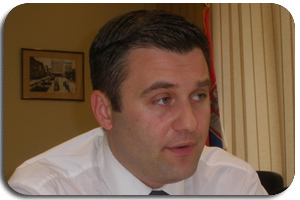 Nebojsa CiricState Secretary for Economy and PrivatizationMinistry of Economy and Regional Development Nebojsa CiricState Secretary for Economy and PrivatizationMinistry of Economy and Regional Development | 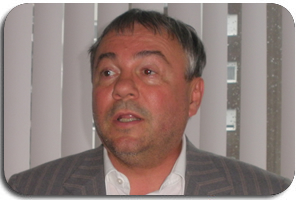 Mica JovanovicRectorMegatrend University Mica JovanovicRectorMegatrend University | 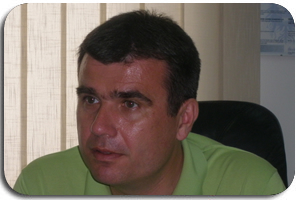 Aleksandar MihailovicVice-PresidentStankom Business System Aleksandar MihailovicVice-PresidentStankom Business System |
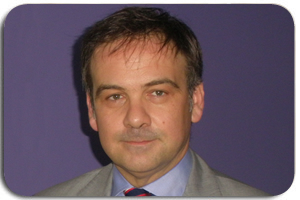 Krsta SandicVice-PresidentVerano Group Krsta SandicVice-PresidentVerano Group | 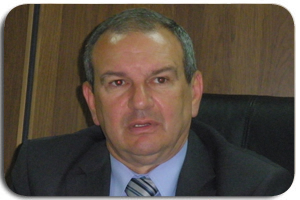 Nenad OgnjenovicGeneral ManagerGalenika Nenad OgnjenovicGeneral ManagerGalenika | 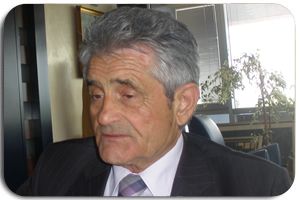 Djordjo AnteljGeneral ManagerGemax Djordjo AnteljGeneral ManagerGemax | 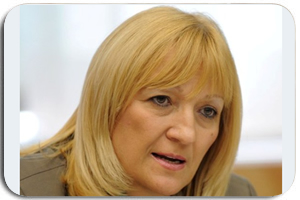 Verica KalanovicMinisterMinistry for the National Investment Plan Verica KalanovicMinisterMinistry for the National Investment Plan |
 Klaus PriverschekChief Executive OfficeUniCredit Bank Klaus PriverschekChief Executive OfficeUniCredit Bank | 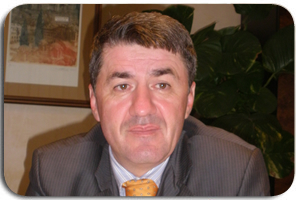 Zarko ObradovicMinisterMinistry of Education Zarko ObradovicMinisterMinistry of Education | 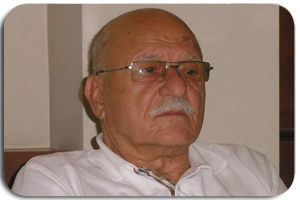 Dragan TomicPresidentSimpo Dragan TomicPresidentSimpo | 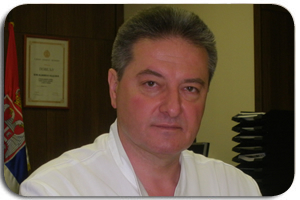 Major General, Prof. Dr. Miodrag JevticHeadMilitary Medical Academy Major General, Prof. Dr. Miodrag JevticHeadMilitary Medical Academy |
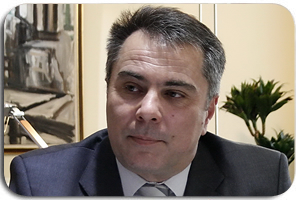 Milos BugarinPresidentSerbian Chamber of Commerce Milos BugarinPresidentSerbian Chamber of Commerce | 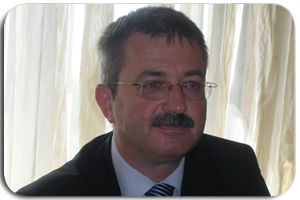 Ljubisa ZivadinovicLawyerAfeja Consulting Ljubisa ZivadinovicLawyerAfeja Consulting | 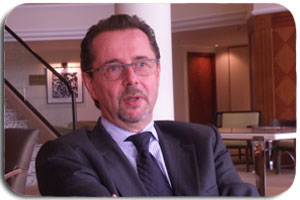 Jacques MorandArea Vice President and General ManagerHyatt Regency Hotel Jacques MorandArea Vice President and General ManagerHyatt Regency Hotel | 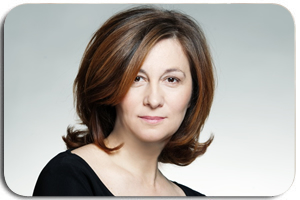 Jasna DimitrijevicDirectorTourist Organization of Belgrade Jasna DimitrijevicDirectorTourist Organization of Belgrade |
 Tomic Stevic Dulic Law OfficeLaw and Consultancy Tomic Stevic Dulic Law OfficeLaw and Consultancy |  Megatrend UniversityEducation Megatrend UniversityEducation |  Stankom Business SystemConstruction and Infrastructure Stankom Business SystemConstruction and Infrastructure |  Le Petit Piaf HotelTourism Le Petit Piaf HotelTourism |
 JP Stara PlaninaTourism JP Stara PlaninaTourism |  National Tourism Organisation of SerbiaTourism National Tourism Organisation of SerbiaTourism |  Hotel ZlatnikTourism Hotel ZlatnikTourism |  Tourist Organization of BelgradeTourism Tourist Organization of BelgradeTourism |
 Hotel President and BG Sport Centre KovilovoTourism Hotel President and BG Sport Centre KovilovoTourism |